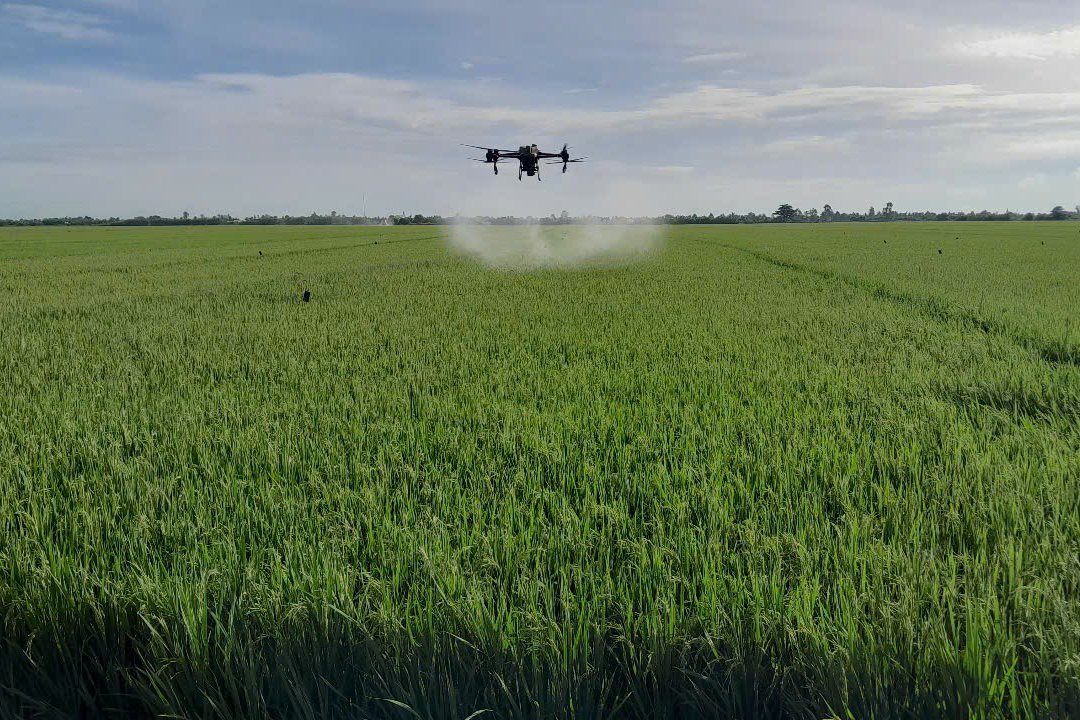
Data from the Chinese Center for Disease Control and Prevention (China CDC) revealed a significant increase in respiratory infections from December 16 to 22, 2024. The surge in cases in China is linked to the transmission of Human Metapneumovirus (HMPV).
Influenza viruses, Human metapneumovirus (HMPV) and respiratory syncytial virus (RSV), are the usual pathogens that are expected during the season.
During this period, Human Metapneumovirus (HMPV) was linked to:
- 6.2% of positive respiratory illness tests.
- 5.4% of respiratory-illness-related hospitalizations, surpassing COVID-19, rhinovirus, and adenovirus.
HMPV primarily spreads through:
- Secretions from coughing and sneezing.
- Close personal contact (e.g., touching or shaking hands).
- Touching contaminated objects and then touching the mouth, nose, or eyes.
Can it spread from hospitals?
Hospital-acquired HMPV infection spreads have been documented, emphasizing the critical need for strict hygiene practices among healthcare workers to prevent outbreaks.
There have been significant HMPV outbreaks in the past:
- It accounted for 12% of acute respiratory tract illness cases in otherwise healthy children in U.S. outpatient clinics.
- It caused 15% and 8% of community-acquired pneumonia requiring hospitalization in children under and over 5 years of age, respectively, in the United States.
- As of 2016, it was the second most common cause of acute respiratory tract illness in children under 5 years of age in U.S. outpatient clinics, after respiratory syncytial virus (RSV).
Also read: India alert as China sees rise in cases of respiratory illnesses
The current incidence of nearly 6% in the Chinese study, while notable, aligns with historical data and may not warrant significant concern. It is unlikely to have a global spread potential. With unrestricted international travel and an incubation period of 3–6 days, the virus has had the full potential to spread to other parts of the world since the December 2024 outbreak in China. But no alarms have been raised in other parts of the world so far. However, enhanced surveillance and preventive measures are essential to monitor and control its global transmission.
It could be just a seasonal circulation as HMPV typically circulates during the fall and winter months, with alternating predominance of a single subtype each year.
Is there a Vaccine for HMPV?
Vaccine research for HMPV is underway. An mRNA-based combination vaccine for HMPV and parainfluenza virus 3 (PIV3), known as mRNA-1653, has shown promising results in Phase 1 trials involving healthy adults aged 18–49 years.






